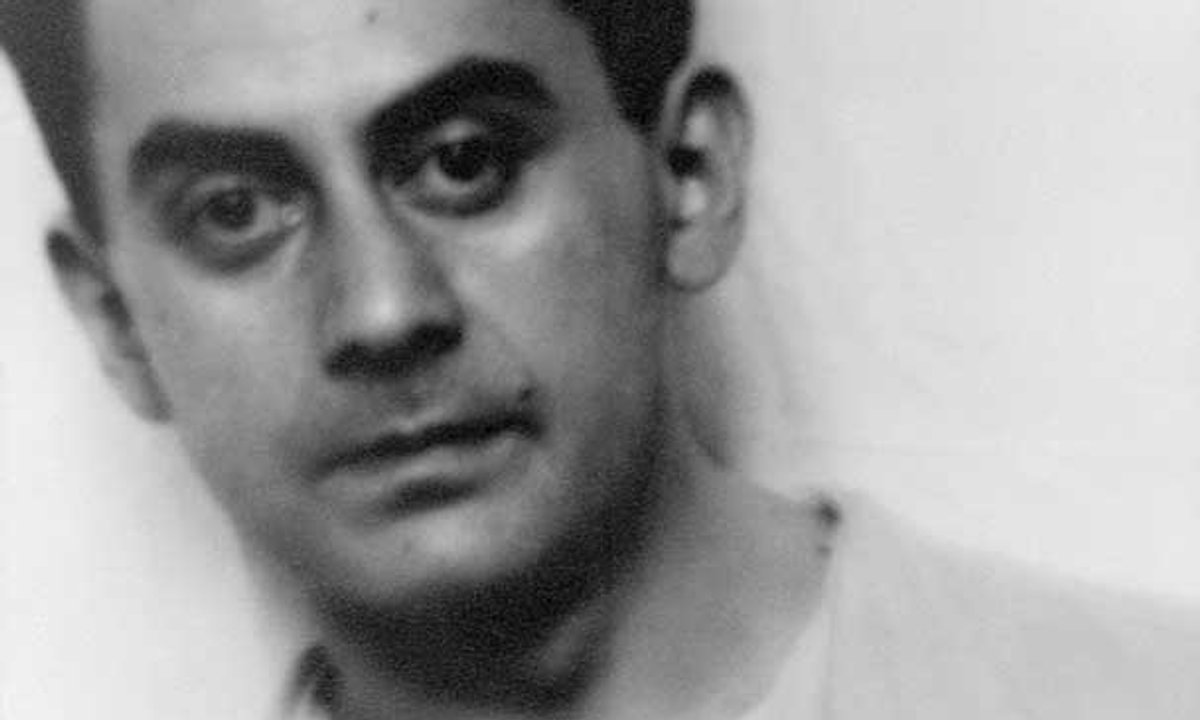New study on Man Ray sheds light on artist’s long-hidden Jewish heritage
[ad_1]
Mischievous, self-contradictory, sometimes obscene, Man Ray (1890-1976) refused to be understood. The painter and photographer underestimated much of his own work, such as the poll portraits that paid the bills in Paris in the 1920s and 1930s.
that of Arthur Lubow Man Ray: The Artist and His Shadows is a graceful and compact look at man and the many types of art he created, much of which manipulated light. The study is part of Yale University Press’s “Jewish Lives” series – self-appointed Man Ray barely admitted he was Jewish.
Shadow is a key word here. Man Ray pioneered cameraless photography in images called rayographies and solarizations, from the shadows of objects on paper. These dreamlike shapes gave everyday objects a staged grandeur. He took photographs in the shadow of painting, his avowed vocation, while his first paintings were in the shadow of Marcel Duchamp. He has also relegated his origins, his Jewishness, to the shadows.
Man Ray was born Emmanuel Radnitsky in Philadelphia in 1890 to Jewish parents, a tailor and a seamstress, who emigrated from Russia. Determined to be a painter, he also turned to photography and photographers exploring this still young medium.
Marcel Duchamp, the Cubist and Dadaist Man Ray met during an artists retreat in New Jersey, was his lead to Paris, where Man Ray found a home and a shared conceptual language. Later, the strict rule maker of Surrealism, André Breton, called Man Ray a “pre-surrealist”.
Lubow names five chapters in his short study for the companions of Man Ray. The artist regularly offers accommodation to young women who need it. Many have become her lovers, such as Kiki de Montparnasse (née Alice Prin), the cheeky artist and model in so many of her photographs. Their bond was as crazy as any wacky comedy. Man Ray’s images of her, such as The Violin d’Ingres (1924), where he superimposes f-holes as if his body were a musical instrument – resounding with innuendo – are images that define this era. The sex in his work and the subject of who was which muse will occupy scholars.
Man Ray separated from another lover, the Guadeloupean dancer Adeline Fidelin, when he recognized his Jewishness enough to flee the invasion of France by Nazi Germany. He ended up in Los Angeles, where he found a new wife and few fans, and worked on repainting paintings he had left behind. After the war, New York was the capital of art. The abstract expressionism of Jackson Pollock and Mark Rothko never spoke to the spiritual and conceptual Man Ray, back in Paris. There, while Duchamp gave up making art, Man Ray buried himself in his studio, stuck in an idea of ​​Paris that was no longer.
Lubow’s evocation of Man Ray is full of intuitions, often dramatic, and is sincere about the artist’s friendship with Duchamp, but it does not innovate. The few images are far from the massive production of Man Ray. In addition, the Jewishness of Man Ray has been examined in AKA Man Ray, a rigorous exhibition and catalog from the Jewish Museum, New York, in 2009-10. So far, Man Ray still frustrates those who want to bring him out of the shadows. They will keep trying.
• Arthur Lubow, Man Ray: The Artist and His Shadows, Yale, 216pp, 30 colors + 1 ill. b / w, £ 16.99 (hb), pub. September 14, 2021 (United States), November 9, 2021 (United Kingdom)
[ad_2]

